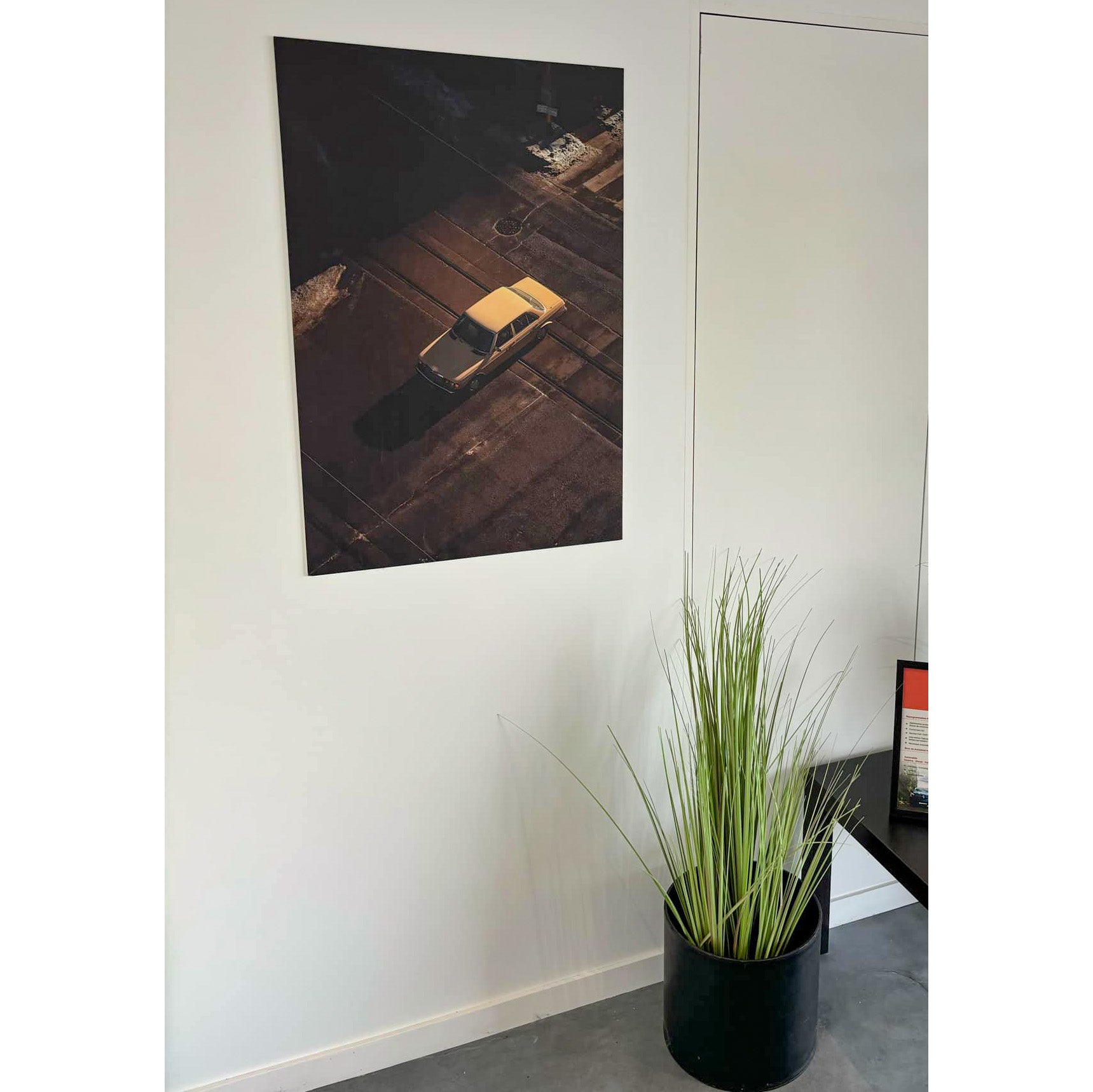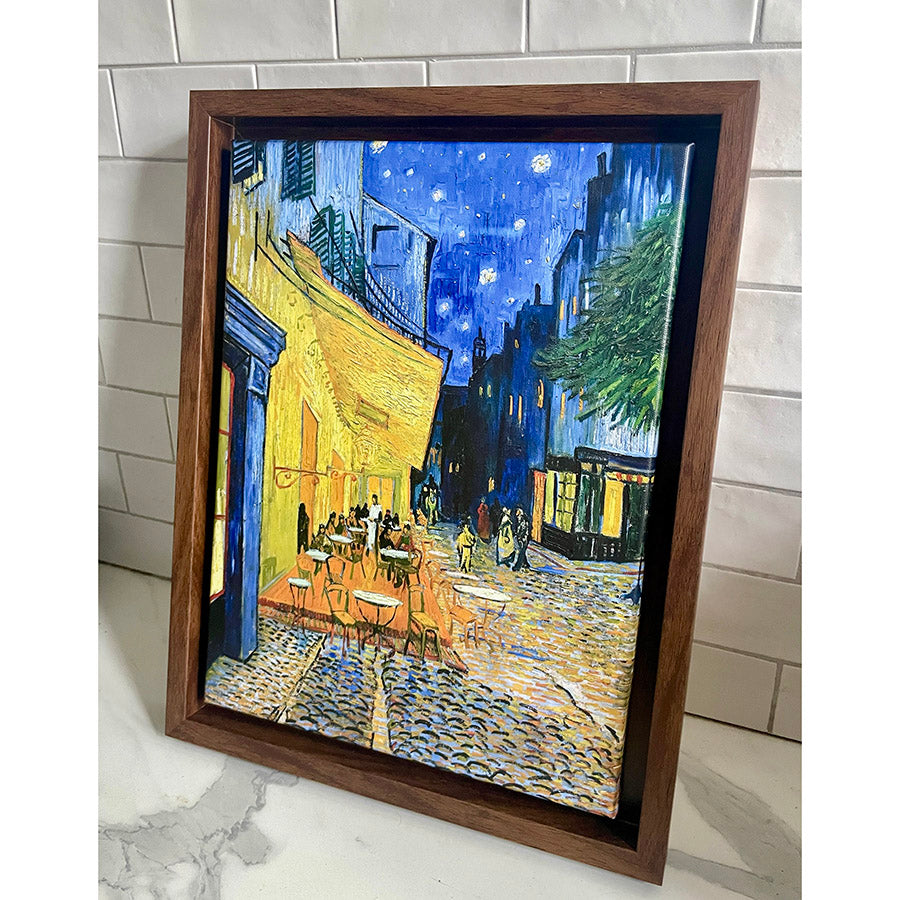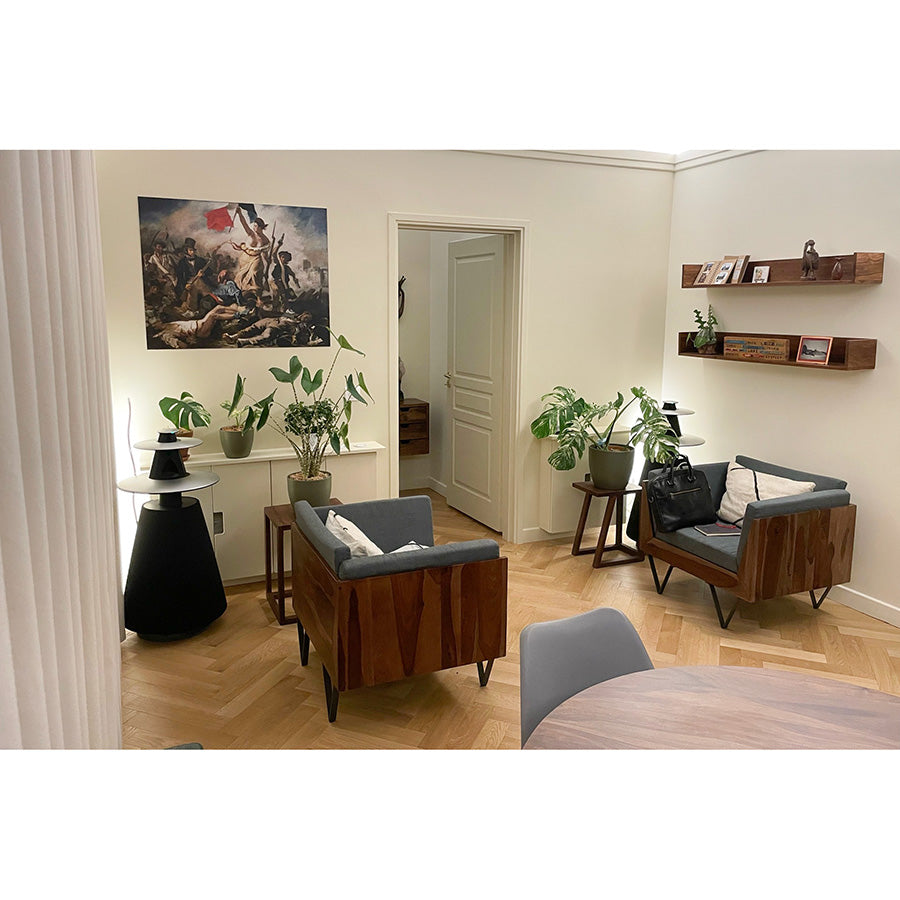Art print | Cosimo étudie la prise de Sienne - Giorgio Vasari

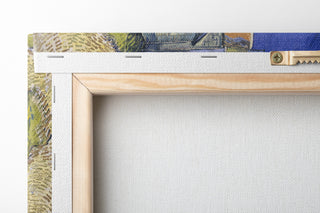
View from behind
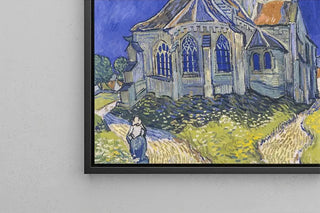
Frame (optional)
Cosimo studies the capture of Siena: the historical scene painted by Giorgio Vasari
In this dramatic composition, Giorgio Vasari orchestrates a scene of study and stratagem where Cosimo examines the capture of Siena, bringing together characters, maps, and architectures in the background. The warm tones, earthy ochres, and muted blues harmonize with modeled lighting that emphasizes volumes and drapery; the brushwork, inherited from the Mannerist tradition, elongates figures and gestures to reinforce the narrative tension. The careful perspective and architectural details direct the gaze toward the focal point, creating an atmosphere both ceremonial and intimate, imbued with dramatic realism.
Giorgio Vasari, master of Mannerism and art historian
Painter, architect, and writer of the 16th century, Giorgio Vasari is recognized for his role as a bridge between the Renaissance and Mannerism. Influenced by Michelangelo and the great Florentines, he combines monumentality and narrative clarity, and remains famous for his frescoes and for having written The Lives of the Most Excellent Painters, Sculptors, and Architects. His works combine stylistic elegance and documentary concern: for Vasari, the historical scene serves both dramatic staging and precise restitution of an event. This art print highlights the scholarly spirit and technical mastery that left their mark on Italian art.
A decorative acquisition with multiple assets
This art print Cosimo studies the capture of Siena easily fits into a living room, office, or library, bringing a cultural touch and a narrative presence to your interior. Printed with great attention to color fidelity and texture, the canvas reproduces the depth of tones and the detail of costumes, ensuring a rendering close to the original. Whether you are looking for a painting to punctuate a wall composition or a canvas intended for a reception area, this work combines historical prestige and decorative elegance. Offer your wall a piece that evokes history, pictorial method, and refinement.

Matte finish

View from behind

Frame (optional)
Cosimo studies the capture of Siena: the historical scene painted by Giorgio Vasari
In this dramatic composition, Giorgio Vasari orchestrates a scene of study and stratagem where Cosimo examines the capture of Siena, bringing together characters, maps, and architectures in the background. The warm tones, earthy ochres, and muted blues harmonize with modeled lighting that emphasizes volumes and drapery; the brushwork, inherited from the Mannerist tradition, elongates figures and gestures to reinforce the narrative tension. The careful perspective and architectural details direct the gaze toward the focal point, creating an atmosphere both ceremonial and intimate, imbued with dramatic realism.
Giorgio Vasari, master of Mannerism and art historian
Painter, architect, and writer of the 16th century, Giorgio Vasari is recognized for his role as a bridge between the Renaissance and Mannerism. Influenced by Michelangelo and the great Florentines, he combines monumentality and narrative clarity, and remains famous for his frescoes and for having written The Lives of the Most Excellent Painters, Sculptors, and Architects. His works combine stylistic elegance and documentary concern: for Vasari, the historical scene serves both dramatic staging and precise restitution of an event. This art print highlights the scholarly spirit and technical mastery that left their mark on Italian art.
A decorative acquisition with multiple assets
This art print Cosimo studies the capture of Siena easily fits into a living room, office, or library, bringing a cultural touch and a narrative presence to your interior. Printed with great attention to color fidelity and texture, the canvas reproduces the depth of tones and the detail of costumes, ensuring a rendering close to the original. Whether you are looking for a painting to punctuate a wall composition or a canvas intended for a reception area, this work combines historical prestige and decorative elegance. Offer your wall a piece that evokes history, pictorial method, and refinement.







